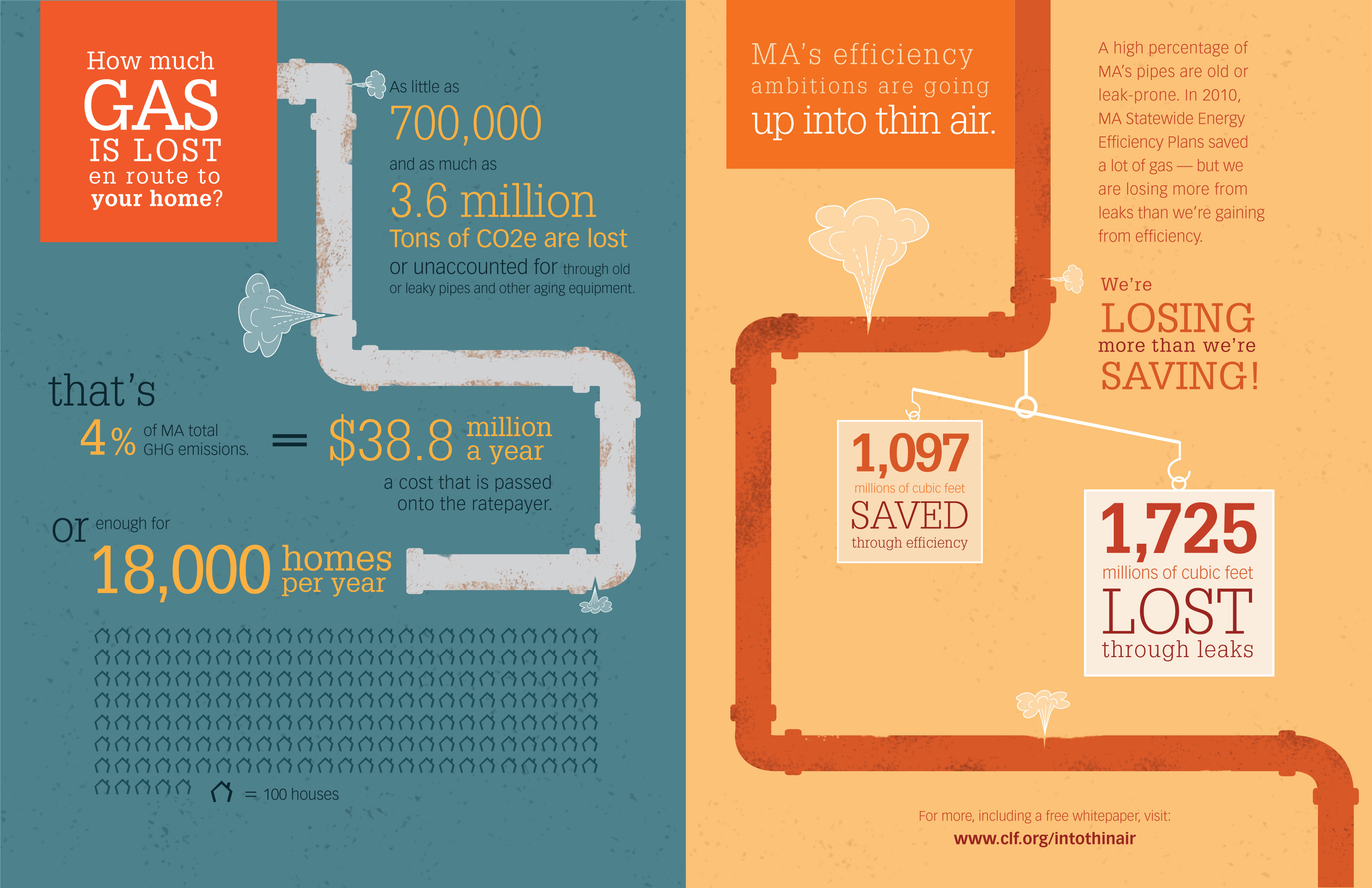Discovering Roof Damage Early To Avoid Significant Issues
Discovering Roof Damage Early To Avoid Significant Issues
Blog Article
Author-Schneider Lysgaard
To protect your home from potential costly fixings, recognizing roofing system damages early is critical. By watching out for refined indications like missing out on shingles or water stains, you can catch problems prior to they intensify. Yet what regarding those usually ignored locations that could mean covert problems lurking above you? Remain tuned to uncover key pointers for finding roofing system damages before it escalates right into a major migraine.
Very Early Indication
Finding roofing system damage early can conserve you time and money. One crucial very early indication to keep an eye out for is missing or damaged roof shingles. If you observe any type of roof shingles that are split, crinkling, or entirely missing out on, it's necessary to deal with the concern promptly. These damaged roof shingles can leave your roofing system vulnerable to leaks and additional damages.
san antonio roofing company to seek is water spots on your ceiling or wall surfaces. These discolorations can suggest a leakage in your roof that requires immediate interest. Overlooking these water spots can result in extra substantial and costly repairs down the line.
Additionally, watch for any kind of indicators of sagging or sagging locations on your roofing system, as this can show structural damage that needs to be dealt with without delay.
Outside Evaluation Tips
On a regular basis inspecting the exterior of your roof is crucial for preserving its stability and identifying prospective damages early. Begin by analyzing the roof shingles-- seek any type of missing, split, or crinkling tiles, as these can be indications of roofing damages.
Check the gutters for granules from the tiles, as excessive granule loss might symbolize aging or weathering. Take note of the blinking around vents, chimneys, and skylights, ensuring they're securely secured and free of fractures.
Search for signs of moss, algae, or mold and mildew development, as these can lead to roofing deterioration otherwise resolved immediately. Furthermore, evaluate the fascia and soffits for any kind of water discolorations or rot, which could indicate water damages.
Last but not least, assess the general problem of your roofing from the ground, seeking any sagging areas or noticeable dips. By conducting these outside assessments frequently, you can capture roof damages early and stop it from turning into a major issue.
Inside Red Flags
When checking your roof for prospective damages, do not ignore the significance of inspecting the interior of your home. Inside warnings can commonly be early indicators of roofing system issues that need focus.
Begin by examining your ceilings for any type of water discolorations or discoloration, as these can indicate a leak in the roofing. Another vital area to check is the attic room, where indications of water damages, mold and mildew, or mildew may suggest a roof covering issue.
Pay close attention to any type of stuffy smells or a noticeable rise in moisture levels, as these can additionally be signs of water breach from a damaged roofing system. In addition, sagging locations in the ceiling or walls should be taken seriously, as they could be a result of water damage deteriorating the structure.
If you observe any of these indoor red flags, it's crucial to have an expert roofing contractor evaluate the scenario immediately to avoid more damages and pricey fixings.
Conclusion
By staying alert and on a regular basis looking for early warning signs of roof covering damage, you can stop small issues from developing into major troubles. Keep an eye out for missing or damaged shingles, water spots on ceilings or wall surfaces, and any drooping or drooping areas on the roof covering. By dealing with these issues quickly, you can save on your own from pricey repair services and ensure your roofing continues to be in good condition for several years to find. Keep browse around this web-site and secure your home from potential damages.
